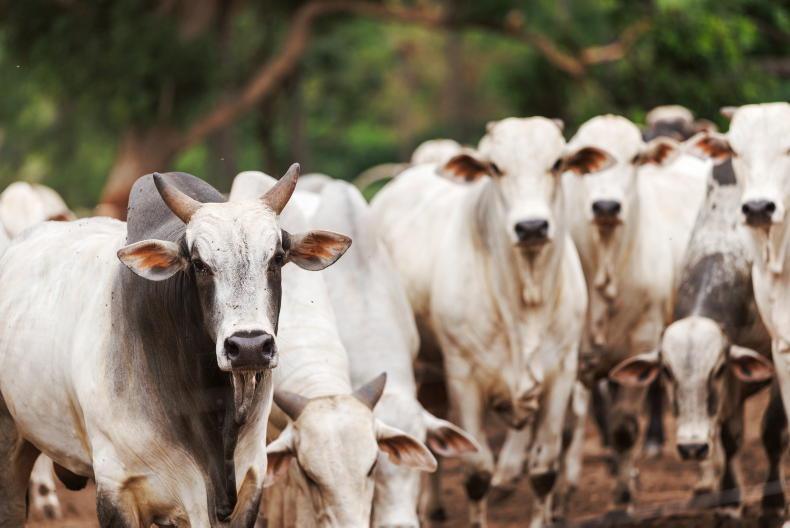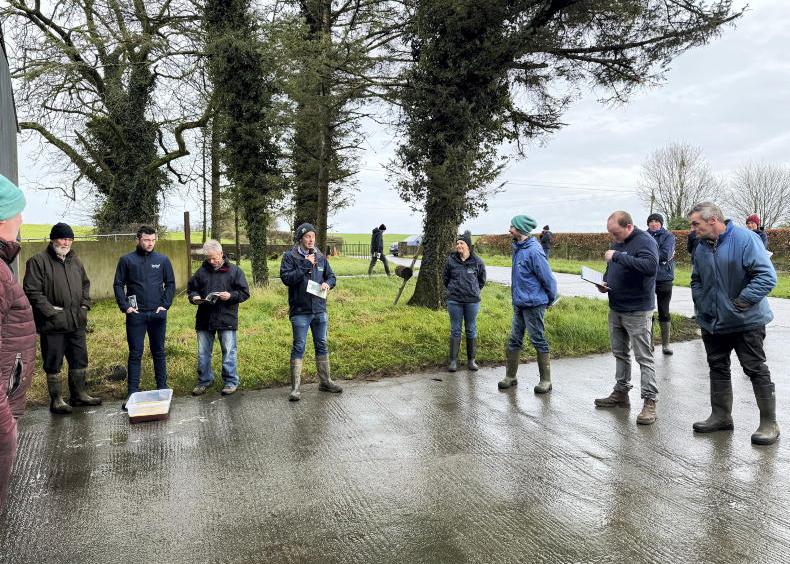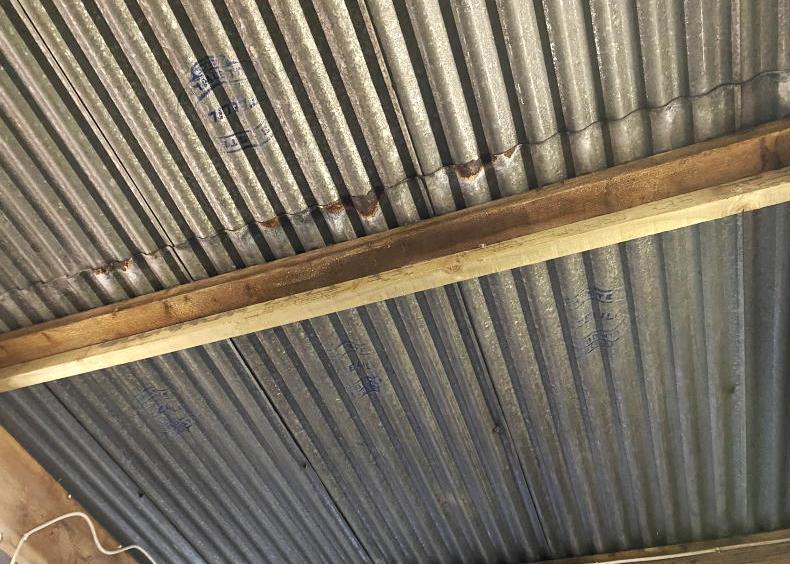Ringworm is a common problem in cattle during the winter housing period, particularly in younger animals who have yet to develop an immune response.
As a fungal skin infection commonly located on the head and neck, it can be extremely hard to kill ringworm. It can survive on feed barriers and gates, meaning it can easily be transmitted to other animals.
Disinfection
On farms that buy in weanlings or dairy-bred calves during spring, make sure cattle pens are thoroughly washed and disinfected between each batch of animals arriving on farm.
Likewise, when moving calves from one pen, or shed, to another, as animals are weaned off milk, make sure feed barriers, walls and anything cattle can scratch against, are washed and disinfected.
Always wear gloves when handling cattle with ringworm as it is easily transmitted to humans.
Factors
Poor nutrition and stress are also factors that can cause ringworm to flare up in animals, as is immuno-suppression if calves are fighting other diseases such as scour.
Make sure calves are getting fresh forage daily, along with concentrates. Feed milk at the same time each day and provide plenty of feeding space, thereby cutting down on bullying and stress.
Sunlight
UV light is effective at killing and controlling ringworm, which is why it is rarely seen in grazing cattle.
Therefore, housing calves and young animals in sheds with plenty of natural light and airflow, to reduce moisture levels, can help control the problem. Look at the options for increasing natural light using clear perspex sheeting and side boards. This should also improve ventilation.
Immunity
After exposure to ringworm, cattle will eventually develop immunity.
On farms with major ringworm issues, veterinary intervention should be explored. Talk with your vet about a control and prevention plan.
Read more
Beef price continues to move in right direction
Suckler calving interval down six days
Ringworm is a common problem in cattle during the winter housing period, particularly in younger animals who have yet to develop an immune response.
As a fungal skin infection commonly located on the head and neck, it can be extremely hard to kill ringworm. It can survive on feed barriers and gates, meaning it can easily be transmitted to other animals.
Disinfection
On farms that buy in weanlings or dairy-bred calves during spring, make sure cattle pens are thoroughly washed and disinfected between each batch of animals arriving on farm.
Likewise, when moving calves from one pen, or shed, to another, as animals are weaned off milk, make sure feed barriers, walls and anything cattle can scratch against, are washed and disinfected.
Always wear gloves when handling cattle with ringworm as it is easily transmitted to humans.
Factors
Poor nutrition and stress are also factors that can cause ringworm to flare up in animals, as is immuno-suppression if calves are fighting other diseases such as scour.
Make sure calves are getting fresh forage daily, along with concentrates. Feed milk at the same time each day and provide plenty of feeding space, thereby cutting down on bullying and stress.
Sunlight
UV light is effective at killing and controlling ringworm, which is why it is rarely seen in grazing cattle.
Therefore, housing calves and young animals in sheds with plenty of natural light and airflow, to reduce moisture levels, can help control the problem. Look at the options for increasing natural light using clear perspex sheeting and side boards. This should also improve ventilation.
Immunity
After exposure to ringworm, cattle will eventually develop immunity.
On farms with major ringworm issues, veterinary intervention should be explored. Talk with your vet about a control and prevention plan.
Read more
Beef price continues to move in right direction
Suckler calving interval down six days










SHARING OPTIONS